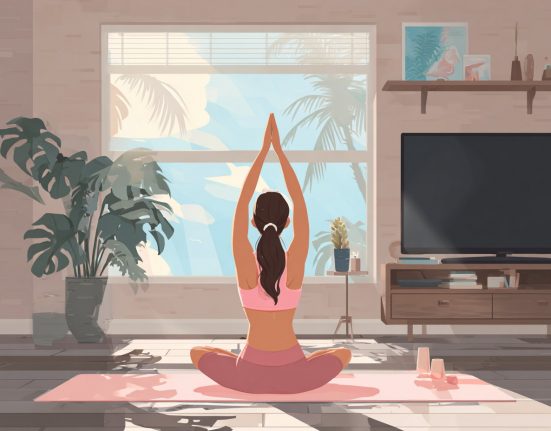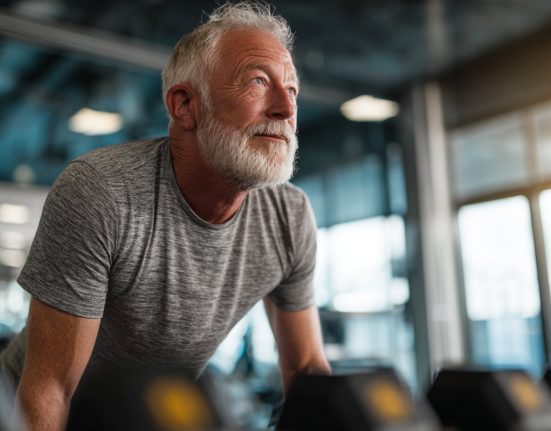Combining these holistic measures with prescribed treatments ensures a comprehensive approach to managing breathlessness
Breathlessness is often more than just a physical struggle. It often brings anxiety, fatigue and a sense of helplessness. While medication remains crucial for managing chronic respiratory conditions, experts suggest that holistic practices, such as breathing exercises, singing, mindfulness, and gentle movement, can make a remarkable difference. Even the World Health Organization had earlier advised that holistic exercises, such as singing and breathing, can be a good way to cope with breathlessness. “The arts have long been recognised as having an important role in health and well-being,” it stated in a 2023 report.
So, how exactly do these mindful exercises work?
“Start with breathing exercises,” pulmonologist Dr Neetu Jain told indianexpress.com. She added, “These exercises can significantly improve lung efficiency and help patients manage chronic breathlessness. Techniques like pursed-lip breathing, where you inhale slowly through the nose and exhale gently through pursed lips, help keep airways open longer and reduce shortness of breath.”
Diaphragmatic or belly breathing strengthens the diaphragm, promoting better oxygen exchange, according to the doctor. “Regular practice of these exercises can improve endurance, reduce anxiety associated with breathlessness, and make daily activities more manageable.”
One can also try relaxing vocal exercises to manage respiratory health
Agreeing that singing and vocal exercises can be beneficial for lung health, Dr Jain explained that singing encourages deep, controlled breathing, engages respiratory muscles, and improves lung capacity over time. It also helps coordinate breath control with vocalisation, thereby enhancing overall respiratory function.
“Group singing or guided vocal exercises can be especially helpful in motivating patients and making these practices more enjoyable while promoting regular lung training.”
As a result, not only do these exercises keep patients healthy, but they also help them enjoy and stay motivated. In short, these exercises are a fun way to manage breathlessness, the doctor emphasised.
The way to go about it
And, according to Dr Jain, the way to go about it is to practise mindfulness and meditation. “They play a crucial role in managing the psychological impact of breathlessness. Anxiety can worsen the sensation of shortness of breath, creating a cycle of panic and increased symptoms. Mindfulness techniques, such as focused breathing, body scanning, or guided meditation, help patients stay present, reduce stress, and gain greater control over their breathing. This not only alleviates anxiety but also improves overall quality of life for those with chronic respiratory conditions.”
Additionally, there are alternative approaches to managing breathlessness.
And they are
Along with medical treatment, several lifestyle approaches can support respiratory health, said Dr Jain. “Even regular, gentle physical activity like walking, yoga, or tai chi improves stamina and lung function. Maintaining a balanced diet, staying hydrated, and avoiding smoking or exposure to pollutants are essential. Relaxation techniques, adequate sleep, and social support also play crucial roles in overall well-being.”
Combining these holistic measures with prescribed treatments ensures a comprehensive approach to managing breathlessness, the doctor concluded.









